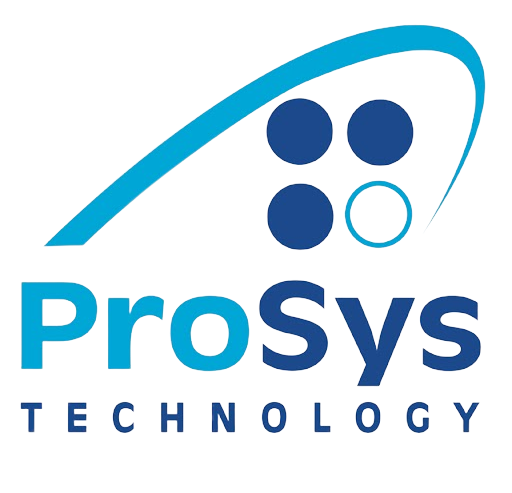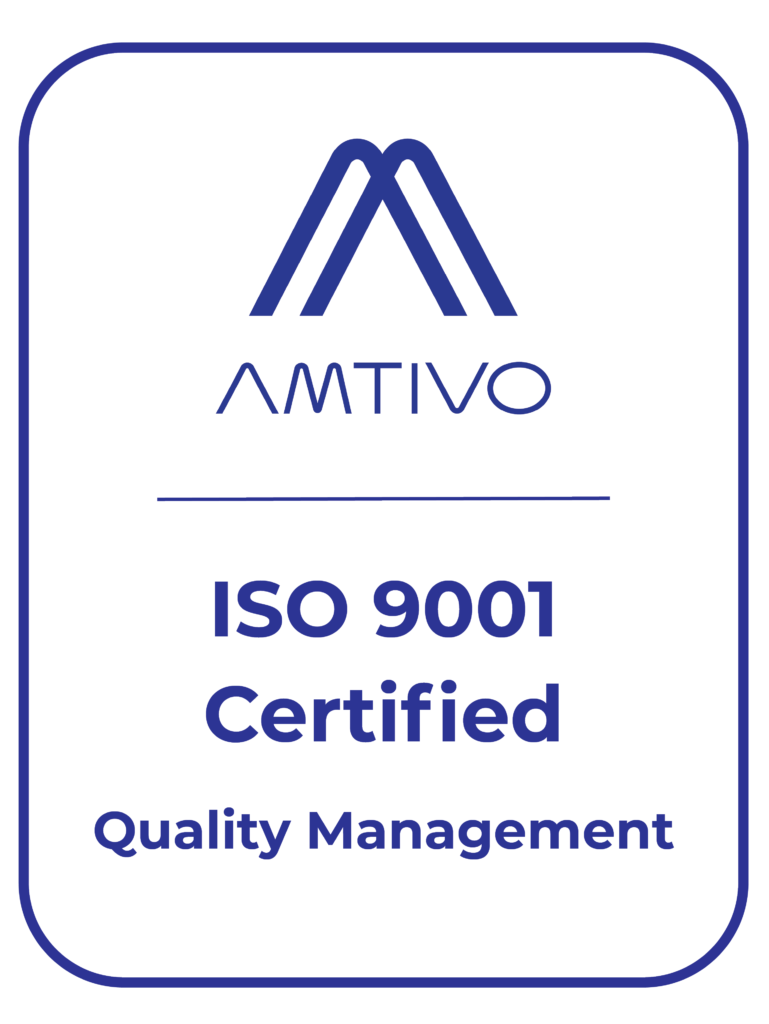[fusion_builder_container type=”flex” hundred_percent=”no” hundred_percent_height=”no” hundred_percent_height_scroll=”no” align_content=”stretch” flex_align_items=”flex-start” flex_justify_content=”flex-start” hundred_percent_height_center_content=”yes” equal_height_columns=”no” container_tag=”div” hide_on_mobile=”small-visibility,medium-visibility,large-visibility” status=”published” border_style=”solid” box_shadow=”no” box_shadow_blur=”0″ box_shadow_spread=”0″ gradient_start_position=”0″ gradient_end_position=”100″ gradient_type=”linear” radial_direction=”center center” linear_angle=”180″ background_position=”center center” background_repeat=”no-repeat” fade=”no” background_parallax=”none” enable_mobile=”no” parallax_speed=”0.3″ background_blend_mode=”none” video_aspect_ratio=”16:9″ video_loop=”yes” video_mute=”yes” absolute=”off” absolute_devices=”small,medium,large” sticky=”off” sticky_devices=”small-visibility,medium-visibility,large-visibility” sticky_transition_offset=”0″ scroll_offset=”0″ animation_direction=”left” animation_speed=”0.3″ filter_hue=”0″ filter_saturation=”100″ filter_brightness=”100″ filter_contrast=”100″ filter_invert=”0″ filter_sepia=”0″ filter_opacity=”100″ filter_blur=”0″ filter_hue_hover=”0″ filter_saturation_hover=”100″ filter_brightness_hover=”100″ filter_contrast_hover=”100″ filter_invert_hover=”0″ filter_sepia_hover=”0″ filter_opacity_hover=”100″ filter_blur_hover=”0″][fusion_builder_row][fusion_builder_column type=”1_1″ type=”1_1″ align_self=”auto” content_layout=”column” align_content=”flex-start” valign_content=”flex-start” content_wrap=”wrap” center_content=”no” target=”_self” hide_on_mobile=”small-visibility,medium-visibility,large-visibility” sticky_display=”normal,sticky” order_medium=”0″ order_small=”0″ hover_type=”none” border_style=”solid” box_shadow=”no” box_shadow_blur=”0″ box_shadow_spread=”0″ background_type=”single” gradient_start_position=”0″ gradient_end_position=”100″ gradient_type=”linear” radial_direction=”center center” linear_angle=”180″ background_position=”left top” background_repeat=”no-repeat” background_blend_mode=”none” filter_type=”regular” filter_hue=”0″ filter_saturation=”100″ filter_brightness=”100″ filter_contrast=”100″ filter_invert=”0″ filter_sepia=”0″ filter_opacity=”100″ filter_blur=”0″ filter_hue_hover=”0″ filter_saturation_hover=”100″ filter_brightness_hover=”100″ filter_contrast_hover=”100″ filter_invert_hover=”0″ filter_sepia_hover=”0″ filter_opacity_hover=”100″ filter_blur_hover=”0″ animation_direction=”left” animation_speed=”0.3″ last=”no” border_position=”all” min_height=”” link=””][fusion_text rule_style=”default” animation_direction=”left” animation_speed=”0.3″ hide_on_mobile=”small-visibility,medium-visibility,large-visibility” sticky_display=”normal,sticky”]
Following multiple rounds of revision, we’re excited to announce that the EU GMP Annex 1 has been published. At, ProSys, we understand the importance of ensuring compliance for your existing and future processes. That’s why, we’ve taken the time to outline the key elements and applicable solutions to help you protect your final product from contamination, increasing the quality.
If you are interested in getting immediate support with implementing solutions for Annex 1 compliance, simply click the “Request Annex 1 Support” button below.
[/fusion_text][fusion_button target=”_self” color=”custom” linear_angle=”180″ stretch=”default” icon_position=”left” icon_divider=”no” animation_direction=”left” animation_speed=”0.3″ hide_on_mobile=”small-visibility,medium-visibility,large-visibility” sticky_display=”normal,sticky” alignment=”center” button_gradient_top_color=”var(–awb-color5)” button_gradient_bottom_color=”var(–awb-color5)” button_gradient_top_color_hover=”var(–awb-color6)” button_gradient_bottom_color_hover=”var(–awb-color6)” gradient_end_position=”0″ accent_color=”var(–awb-color1)” link=”mailto:info@prosysgroup.com” border_color=”var(–awb-color1)”]Request Annex 1 Support[/fusion_button][fusion_text animation_direction=”left” animation_speed=”0.3″ animation_delay=”0″ hide_on_mobile=”small-visibility,medium-visibility,large-visibility” sticky_display=”normal,sticky”]
XXXX
[/fusion_text][fusion_tabs design=”classic” layout=”horizontal” justified=”yes” alignment=”start” sticky_tabs=”no” hide_on_mobile=”small-visibility,medium-visibility,large-visibility” title_tag=”h4″][fusion_tab title=”Quality Risk Management “]
The updated EU GMP Annex 1 now requires sterile product manufacturers to adopt a quality risk management approach. This entails assessing the risk of contamination and implementing measures to mitigate it. Accurately identifying microbial contaminants is a crucial tool in assessing the risk of contamination to the product and patient, and taking steps to eliminate that risk.
Rapid Microbial Detection
It is essential to implement a comprehensive approach to contamination prevention and detection throughout the sterile production process. Using a rapid microbiological method that is compatible with a wide range of samples and in-process tests is crucial to achieving this goal.
Microbial Identification and Strain Typing
Quick and confident identification is imperative in mitigating the impact of contamination once detected.
Endotoxin Testing
In accordance with Annex 1, purified water (PW) and water for injection (WFI) are considered critical utilities if they have direct contact with the product, materials that will be part of the product, contact surfaces, or if they have any other direct impact on the product. To ensure that your critical utility water systems are free from contamination.
[/fusion_tab][fusion_tab title=”Contamination Control Strategy (CCS)”]
Are you aware of the new requirements for Contamination Control Strategy (CCS) and how they will impact your lab and facility? This new approach is designed to ensure acceptable sterility assurance levels for companies. As per the new EU GMP Annex 1, it is mandatory to assess each process and product to identify all critical control points, including viable (microbial) and non-viable (pyrogen and other potential particulate matter) areas for contamination risks. If you are unsure about how these changes will affect your Quality Control and bioburden testing programs, you are not alone. Contamination Control is a crucial topic that requires your CCS document to include quality risk management assessments and rationales.
Rapid Microbial Detection
When identifying crucial control points, it is typical to seek out areas that are at a higher risk of contamination and were any potential contamination would have a significant impact.
Microbial Identification and Strain Typing
The EU GMP Annex 1 highlights various aspects for CCS, including monitoring investigations, CAPA, trending, cleaning and disinfection, and risk assessments, which necessitate accurate microbial identifications.
Endotoxin Testing
Implementing a comprehensive and sturdy strategy to minimise the risk of endotoxin/pyrogen contamination is crucial to ensuring process performance, product quality, and safety. This assurance of contamination prevention is imperative for all aspects of drug production, right from active substance, excipient and drug product materials and components, facility and equipment operating conditions, in-process controls, to finished product specifications.
[/fusion_tab][fusion_tab title=”Environmental and Personnel Monitoring “]
The EU GMP Annex 1 mandates that sterile product manufacturers must create or modify their environmental monitoring programs by incorporating risk-based techniques to prevent microbial contamination in the final product. Additionally, any microorganisms detected in the grade A and grade B areas must be identified to the species level.
Microbial Identification and Strain Typing
Accurate identification of objectionable organisms is crucial for effective environmental and personnel monitoring.
Rapid Microbial Detection
Along with product samples and in-process controls, rapid microbiological methods can be employed to test pivotal environmental monitoring samples, including swap samples utilised during contamination investigations and remedial activities. It is crucial to obtain faster results to identify the root cause and confirm corrective actions, such as cleaning and sterilisation.
[/fusion_tab][fusion_tab title=”Innovation and Automation “]
The majority of EM and micro QC data is managed manually, with personnel entering data, making edits, and generating reports with spreadsheets. This manual approach leaves room for errors and jeopardises the integrity of the data. Additionally, routine tasks such as EM data entry can be time-consuming and detract from the true function of a QC microbiologist. Annex 1 recommends the use of automated and rapid methods to expedite contamination detection and minimise the risk of the product. Automation reduces variation, time, and resources required for investigations. Manual processes often result in inefficiencies and human error in the lab, leading to potential costs in both time and money, as well as endangering product quality.
Microbial Identification and Strain Typing
Innovation involves upgrading processes throughout your workflow, such as finding ways to track the isolates present in your facility beyond traditional spreadsheets.
Rapid Microbial Detection
Numerous opportunities exist to eliminate subjectivity in critical assays, including the assessment of final product sterility, which is highly susceptible to human error during visual identification of contamination. Additionally, even the conversion of results into electronic records is at risk of transcription errors.
[/fusion_tab][fusion_tab title=”Aseptic Processing “]
Annex 1 emphasises the importance of preventing microbial contamination throughout the entire aspetic process. As a result, it is recommended that microorganisms identified during the EM program or from in-process controls or contaminated units of the final product are identified to the species level whenever possible. This facilitates the identification of the probable source of the contaminant.
Microbial Identification and Strain Typing
By utilising solutions that boast high rates of species-level identification, we can guarantee compliance with EU GMP Annex 1. In conjunction with our precise methods and wide-ranging databases, we can provide optimal results
[/fusion_tab][/fusion_tabs][fusion_text rule_style=”default” animation_direction=”left” animation_speed=”0.3″ hide_on_mobile=”small-visibility,medium-visibility,large-visibility” sticky_display=”normal,sticky”]
XXXX
[/fusion_text][fusion_builder_row_inner][fusion_builder_column_inner type=”1_3″ type=”1_3″ align_self=”auto” content_layout=”column” align_content=”flex-start” valign_content=”flex-start” content_wrap=”wrap” center_content=”no” target=”_self” hide_on_mobile=”small-visibility,medium-visibility,large-visibility” sticky_display=”normal,sticky” order_medium=”0″ order_small=”0″ hover_type=”none” border_style=”solid” box_shadow=”no” box_shadow_blur=”0″ box_shadow_spread=”0″ background_type=”single” gradient_start_position=”0″ gradient_end_position=”100″ gradient_type=”linear” radial_direction=”center center” linear_angle=”180″ background_position=”left top” background_repeat=”no-repeat” background_blend_mode=”none” filter_type=”regular” filter_hue=”0″ filter_saturation=”100″ filter_brightness=”100″ filter_contrast=”100″ filter_invert=”0″ filter_sepia=”0″ filter_opacity=”100″ filter_blur=”0″ filter_hue_hover=”0″ filter_saturation_hover=”100″ filter_brightness_hover=”100″ filter_contrast_hover=”100″ filter_invert_hover=”0″ filter_sepia_hover=”0″ filter_opacity_hover=”100″ filter_blur_hover=”0″ animation_direction=”left” animation_speed=”0.3″ last=”no” border_position=”all” min_height=”” link=””][fusion_global id=”3979″][/fusion_builder_column_inner][fusion_builder_column_inner type=”1_3″ type=”1_3″ align_self=”auto” content_layout=”column” align_content=”flex-start” valign_content=”flex-start” content_wrap=”wrap” center_content=”no” target=”_self” hide_on_mobile=”small-visibility,medium-visibility,large-visibility” sticky_display=”normal,sticky” order_medium=”0″ order_small=”0″ hover_type=”none” border_style=”solid” box_shadow=”no” box_shadow_blur=”0″ box_shadow_spread=”0″ background_type=”single” gradient_start_position=”0″ gradient_end_position=”100″ gradient_type=”linear” radial_direction=”center center” linear_angle=”180″ background_position=”left top” background_repeat=”no-repeat” background_blend_mode=”none” filter_type=”regular” filter_hue=”0″ filter_saturation=”100″ filter_brightness=”100″ filter_contrast=”100″ filter_invert=”0″ filter_sepia=”0″ filter_opacity=”100″ filter_blur=”0″ filter_hue_hover=”0″ filter_saturation_hover=”100″ filter_brightness_hover=”100″ filter_contrast_hover=”100″ filter_invert_hover=”0″ filter_sepia_hover=”0″ filter_opacity_hover=”100″ filter_blur_hover=”0″ animation_direction=”left” animation_speed=”0.3″ last=”no” border_position=”all” min_height=”” link=””][fusion_global id=”3968″][/fusion_builder_column_inner][fusion_builder_column_inner type=”1_3″ type=”1_3″ align_self=”auto” content_layout=”column” align_content=”flex-start” valign_content=”flex-start” content_wrap=”wrap” center_content=”no” target=”_self” hide_on_mobile=”small-visibility,medium-visibility,large-visibility” sticky_display=”normal,sticky” order_medium=”0″ order_small=”0″ hover_type=”none” border_style=”solid” box_shadow=”no” box_shadow_blur=”0″ box_shadow_spread=”0″ background_type=”single” gradient_start_position=”0″ gradient_end_position=”100″ gradient_type=”linear” radial_direction=”center center” linear_angle=”180″ background_position=”left top” background_repeat=”no-repeat” background_blend_mode=”none” filter_type=”regular” filter_hue=”0″ filter_saturation=”100″ filter_brightness=”100″ filter_contrast=”100″ filter_invert=”0″ filter_sepia=”0″ filter_opacity=”100″ filter_blur=”0″ filter_hue_hover=”0″ filter_saturation_hover=”100″ filter_brightness_hover=”100″ filter_contrast_hover=”100″ filter_invert_hover=”0″ filter_sepia_hover=”0″ filter_opacity_hover=”100″ filter_blur_hover=”0″ animation_direction=”left” animation_speed=”0.3″ last=”no” border_position=”all” min_height=”” link=””][fusion_global id=”3925″][/fusion_builder_column_inner][/fusion_builder_row_inner][fusion_global id=”4776″][/fusion_builder_column][/fusion_builder_row][/fusion_builder_container]


